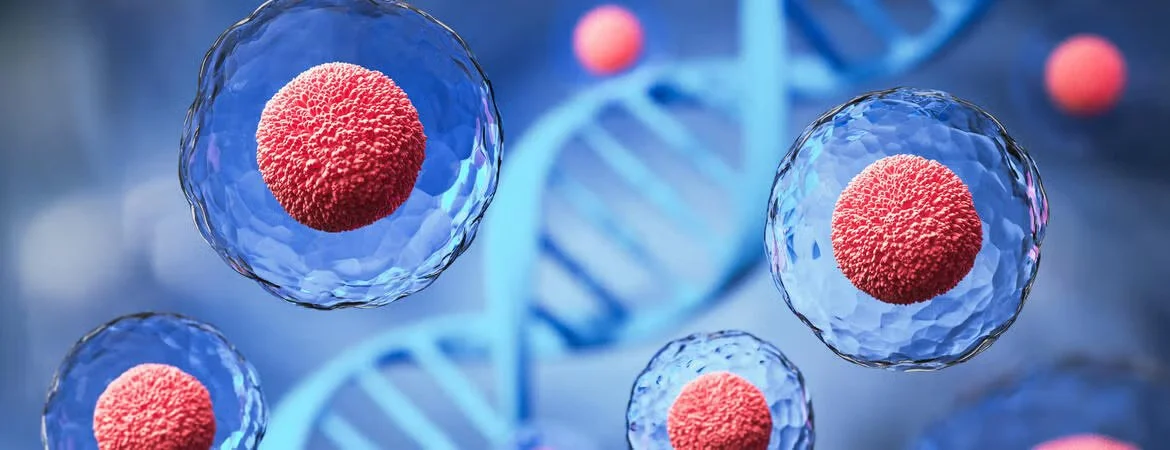The Race to The Fountain of Youth
The SkynCare Blog: Exploring the Past, Present & Future of Anti-Aging
The Fountain of Youth, oil-on-oil painting executed in 1546 by German artist Lucas Cranach The Elder
The eternal human quest for youth and immortality, often epitomized by the myth of the Fountain of Youth, reflects a deep-seated psychological desire to defy the natural process of aging. This ancient longing has morphed over centuries, finding a modern manifestation in the burgeoning and increasingly sophisticated field of anti-aging skincare. The psychology behind this pursuit is complex, intertwining vanity with a fundamental fear of decline, and the skincare industry adeptly taps into these profound human aspirations, promising not just superficial improvements but a sense of control over the relentless march of time.
The legend of the Fountain of Youth, a mythical spring believed to restore youth to anyone who drinks or bathes in its waters, has captivated human imagination for millennia. Tracing its roots back to ancient Greek historians like Herodotus, who spoke of a miraculous spring in Ethiopia, and finding echoes in legends associated with Alexander the Great and the Caribbean's indigenous tales of Bimini, this myth exemplifies humanity's enduring fascination with reversing age. While often linked to the Spanish explorer Juan Ponce de León's supposed search in Florida, historical evidence suggests his primary motives were land and wealth. Nevertheless, the allure of a magical antidote to aging cemented the Fountain of Youth's place in popular culture, representing a universal yearning for perpetual vitality and beauty.
Cleopatra VII took baths in donkey’s milk to keep her skin beautiful and young. There is a legend that for one bath more than 700 female donkeys were needed.
This historical yearning seamlessly transitions into the history of anti-aging skincare, which has evolved from ancient remedies to sophisticated scientific formulations. Early civilizations utilized natural ingredients like olive oil, honey, and herbal extracts for their perceived rejuvenating properties. The Egyptians, for example, employed balms and oils to preserve skin elasticity, while Romans famously used milk baths. The advent of modern chemistry in the 20th century revolutionized skincare, introducing ingredients like retinoids and alpha hydroxy acids, which offered more quantifiable effects on skin texture and signs of aging. This shift marked a transition from merely masking aging to actively attempting to mitigate its biological processes.
Today, the anti-aging skincare landscape is characterized by cutting-edge technology and a deeper understanding of cellular biology. The latest innovations often focus on delivering active ingredients more effectively, stimulating intrinsic repair mechanisms, and protecting against environmental damage. This includes the widespread adoption of peptides to encourage collagen production, growth factors for cellular regeneration, and various forms of light therapy (LED) and microcurrent devices designed to stimulate skin repair and muscle toning. Furthermore, the integration of nanotechnology allows for better penetration of beneficial compounds, while AI-powered personalized skincare offers customized regimens based on individual skin needs and genetic predispositions, pushing the boundaries of targeted treatment.
The basics of PRP (Platelet Replacement Therapy)
For those seeking more immediate or dramatic results, invasive anti-aging procedures have become increasingly common. Botox, derived from botulinum toxin, works by temporarily paralyzing specific facial muscles to reduce dynamic wrinkles, such as crow's feet and forehead lines. Dermal fillers, like Juvederm, typically composed of hyaluronic acid, are injected to restore lost volume, plump up static wrinkles, and enhance facial contours, providing an immediate lifting and smoothing effect. Microneedling with Platelet-Rich Plasma (PRP), often dubbed the "vampire facial," combines the collagen-inducing micro-injuries of microneedling with the patient's own growth factor-rich plasma, stimulating the skin's natural healing and rejuvenation processes for improved texture, tone, and elasticity. These procedures offer significant visible changes, albeit with varying degrees of invasiveness and recovery time.
Looking ahead, the future of anti-aging skincare promises revolutionary advancements, particularly in the realms of regenerative medicine. Treatments focusing on hemoglobin and stem cell therapies represent the vanguard of this future. Research into hemoglobin's role in oxygen delivery to skin cells suggests potential for enhancing skin vitality and repair. More profoundly, stem cell treatments, especially those utilizing mesenchymal stem cells (MSCs), hold immense promise. These "master cells" have the ability to differentiate into various cell types and secrete growth factors, potentially enabling the regeneration of damaged skin tissue, boosting collagen and elastin production at a fundamental level, and offering a more profound reversal of aging signs. While still largely experimental in dermatology, these therapies point towards a future where anti-aging is less about battling symptoms and more about leveraging the body's innate regenerative capabilities




